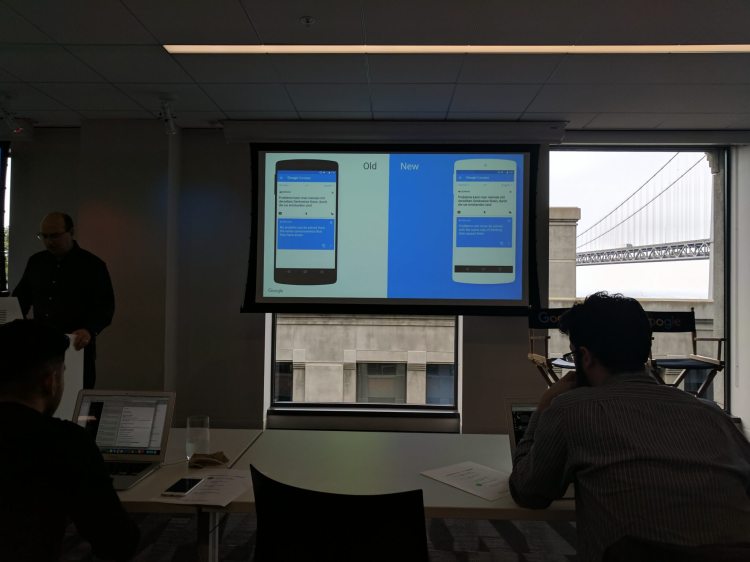Want smarter insights in your inbox? Sign up for our weekly newsletters to get only what matters to enterprise AI, data, and security leaders. Subscribe Now
Google today said that it’s improving translations that are available through its Google Translate service for nine languages by using neural machine translation, a method that was recently implemented for translations from Chinese to English.
The improvements work for English, Spanish, Portuguese, French, German, Turkish, Chinese, Japanese, and Korean. Google started rolling out the new system in the past couple of days, Google Translate’s product lead Barak Turovsky said during a media briefing at a Google office in San Francisco.
So now, Google is “serving 35 percent of all translation requests using neural networks,” Turovsky said.
Eventually, he said, Google will use the system for all 103 languages.
AI Scaling Hits Its Limits
Power caps, rising token costs, and inference delays are reshaping enterprise AI. Join our exclusive salon to discover how top teams are:
- Turning energy into a strategic advantage
- Architecting efficient inference for real throughput gains
- Unlocking competitive ROI with sustainable AI systems
Secure your spot to stay ahead: https://bit.ly/4mwGngO
The system uses Google’s custom-built tensor processing units (TPUs). “This results in processing time that’s three times faster than on CPU and 8 times faster than GPU,” Turovsky said.
Additionally, Google is now able to use multilingual neural nets across languages that are linguistically similar, such as Korean and Japanese, Turovsky said.
Google Translate has more than 500 million monthly active users (MAUs). Alternatives include Microsoft Translator.


